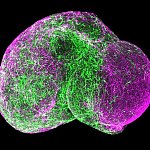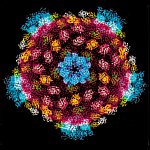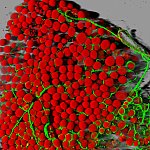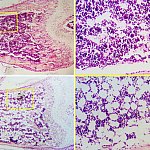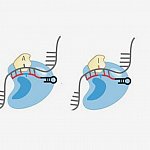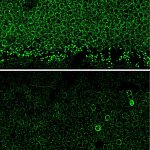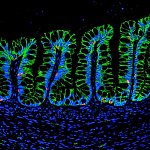You are here
December 19, 2017
2017 Research Highlights — Insights from the Lab
Noteworthy Advances in Basic Research
2017 Research Highlights — With NIH support, scientists across the United States and the world conduct wide-ranging research to improve the health of our nation. Groundbreaking NIH-funded research often receives top scientific honors. In 2017, these included 4 NIH-supported Nobel Prize winners and 2 NIH-funded recipients of top awards from the Lasker Foundation. Here’s just a small sampling of the research accomplishments made by NIH-supported scientists in 2017. For more health and medical research findings from NIH, visit NIH Research Matters.

